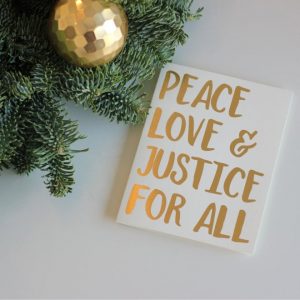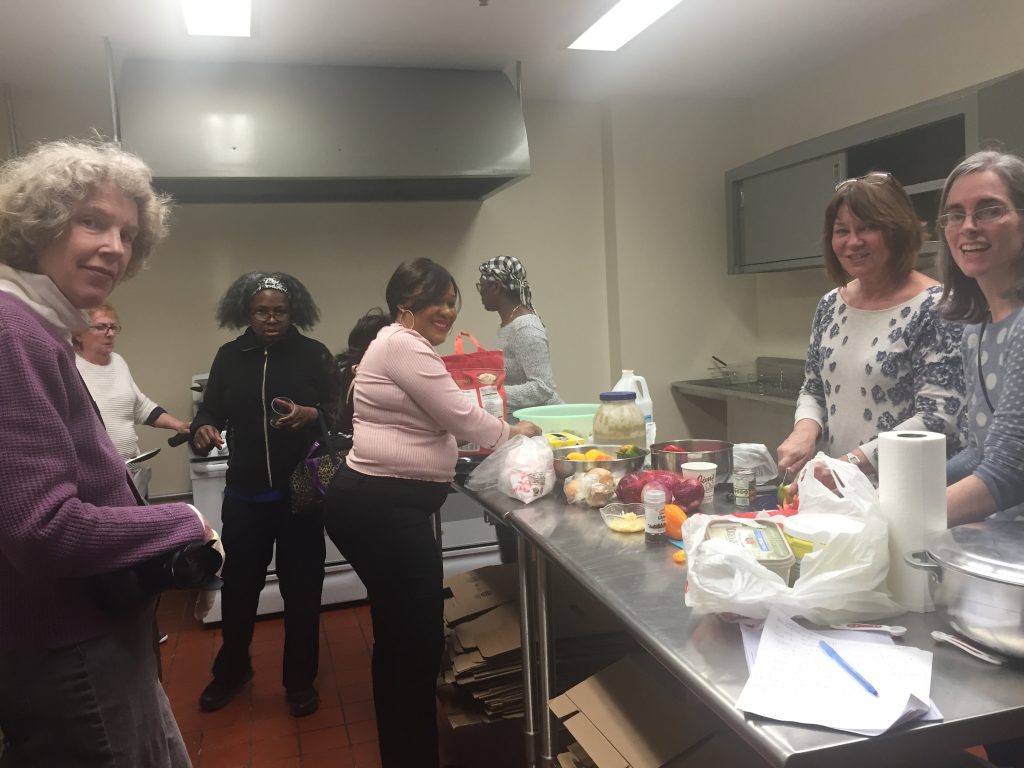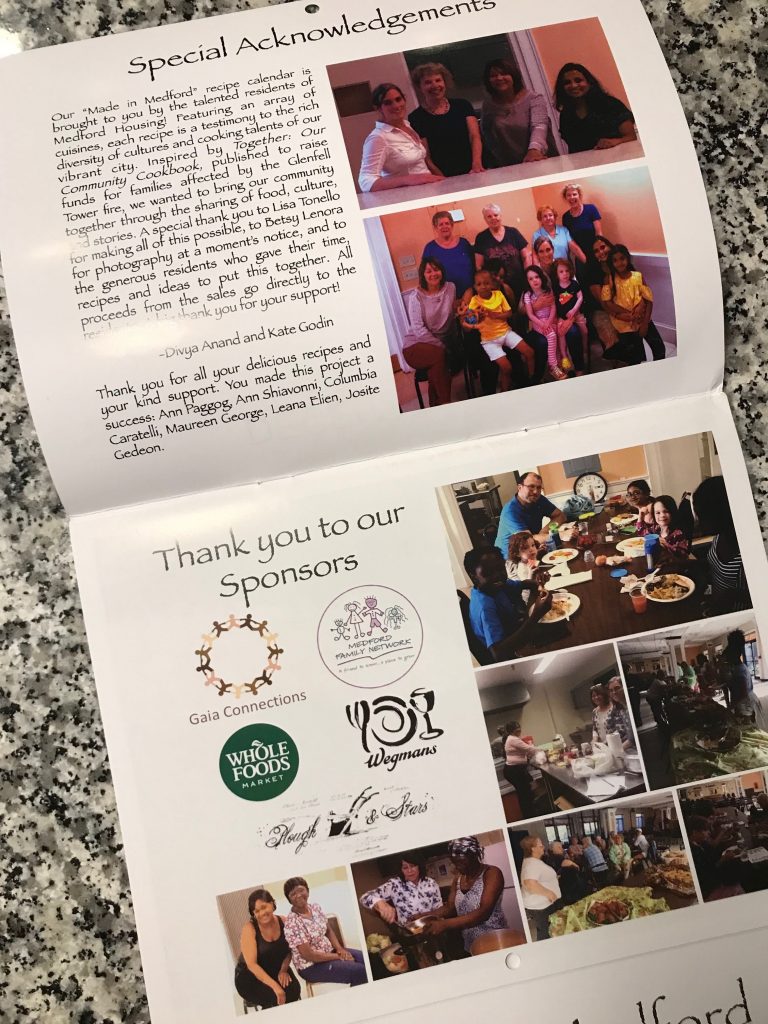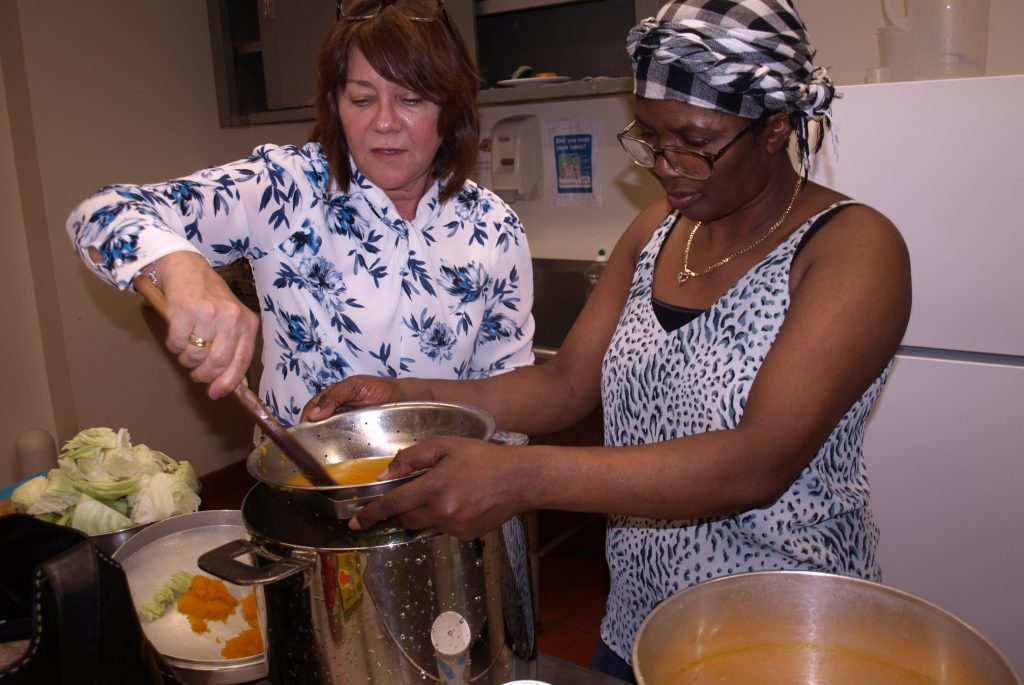By Divya Anand, Ariel FitzHugh, Noah Segal
The New Year marks a new beginning, a chance for us to perhaps take up the roads less traveled, the challenges we were not able to meet in the past or make new promises for us to keep. And this is not by accident but by design, as the holidays give us the much needed time to relax, reflect, and recoup in body, mind, and spirit. It is also the season of giving when we are encouraged to spread kindness, and the holiday cheer, donate, care for those less fortunate than us, and teach children to be kind. According to the Digital Giving Index, 31% of donations received by non-profits occur in December. So we are more inclined to toss loose change into buckets for causes, donate to our favorite non-profit with donations matched or doubled by a for-profit, and find time to volunteer in a food bank or a shelter. It is the season of “feel good”, where we give with not many expectations but to experience the joy of giving before the start of a New Year.
In fact, Black Friday, coming on the heels of Thanksgiving, sets the stage for the season of giving. Stores have holiday sales both online and in-store with offers that we just cannot refuse. The Thanksgiving weekend from Thursday to Sunday, with the year’s best sales and discounts, is often also the time many families get to spend time together and buy necessities they cannot otherwise afford. The irony remains that Black Friday fervor always falls after Thanksgiving, an American holiday built on the historic fallacy of a happy meal celebrated together by Settlers and Indigenous Communities.
The holidays help us contemplate and reflect about who we are, what we want out of life and what we need to change to meet those goals. This line of thinking is often accompanied with New Year resolutions, firm decisions to do or not do something. And for the majority of us, it marks the end of our giving and “social justice” efforts.
If we are so bold to commit to carrying on with our social justice efforts beyond the season of giving and buying, what can we do? As more often than not, the causes we supported in cash or kind, do remain. How can we think critically and get creative to increase the impact all year round? The following is a few suggestions:
- Model your social justice work throughout the year. Recognize the privilege when one gets to choose one month of a year to do the “giving” work. If we don’t engage in this work all year round we are teaching our children, that “charity” or “kindness” is a trait to practice once a year. Let’s make it a life-long practice!
- Social justice causes need not all be about money. While money and other material donations are very important they are also often Band-Aid fixes that do not address or alter the root causes that create the “need for donations” in the first place. And for most of us while donating money or time for one month is what seems doable—there is more that we can leverage or give throughout the year. It is the power of our connections and networks and sharing those with people, who don’t have the same, to take action for themselves. It is offering our time to mentor someone. It is reaching out to staff in social justice organizations doing the work, about what they need the most.
- Revisit the causes that we were part of in the “giving” season. How can we continue to build authentic relationships? How can we listen in, learn, and amplify the voices of those who are directly affected? How can we make sure their own voices are heard while offering the resources, networks, and expertise we have?
- At every chance, reading and educating ourselves on the systemic gaps that have created situations of inequities for the causes/organizations we support is very important. It could be at dinner conversations or at conference intervals that we might find a kindred soul who may join our cause. Or it could be for a grant proposal that the staff may need some additional help. And more importantly, it would be for us to learn and never be the expert on the lived realities of people who are different from ourselves.
- Reflecting on the ways, we may inadvertently be complicit in creating and sustaining inequities is another step. It may be as small as changing the way we shop for our food or how we celebrate certain holidays.
- Most importantly, rewiring our thinking—are we “giving” to feel good for ourselves or to make an actual change? How do we ensure our efforts are impactful and equitably? And who can we partner with to make the maximum impact? Working backward from the impact to the actions we need to take, is key. Our “feel good” intentions alone may not go so far in changing people’s lived realities in any meaningful way.
- Operating from a sense of humility is another key step to engage in social justice as a life-long practice. It is important for us to realize that no matter how much we give or educate ourselves—it is not about us—our expertise or resources do not trump people’s lived experiences. We are not the “saviors” who get to decide “what people need” or decide on what “help is required” with the expectation that people need to be grateful for what we “give” or we need to be “appreciated” for our “giving”.
- Set the goal of decentering ourselves and investing time and effort to build relationships and trust. Let it be something that is part of our lives, all the time, not something that is outside of our reality that we can choose to engage with or not.
On that note, Happy New Year and a Happy New Decade for Social Justice and Anti-racism to all you folk out there!




